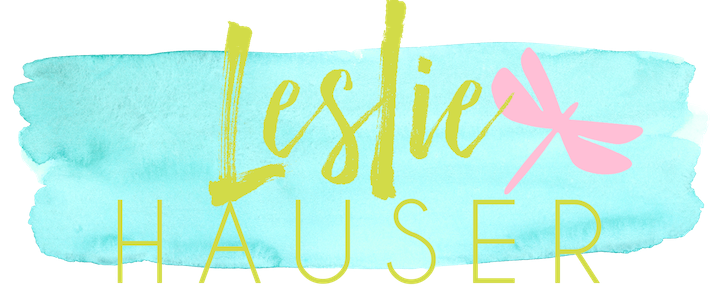Welcome to the Author Toolbox Blog Hop! It’s a monthly blog hop organized by the lovely Raimey Gallant aimed at helping authors discover all sorts of tools to help them be successful! Each month I’ll be sharing a different idea that has helped me or something new that I’ve just discovered that I’m trying out. To continue hopping through other great blogs in the monthly #AuthorToolboxBlogHop or to join, click here.
A Few Editing Tips
Since I just finished two rounds of editing on my latest YA manuscript, I thought I’d dedicate this month’s post to editing. I am by no means an expert, but these are just a few of the tools I use to improve my writing. (In no particular order other than what comes to my mind first lol)
Wordle
I use this word-cloud site to help me determine which words I’m overusing. If you don’t know how it works, you copy and paste the text into a box on the site and it creates an artistic rendition of your text. The words that are largest are the ones that are used the most.
The Emotion Thesaurus
I use this to help me with showing vs. telling and also to avoid repeating the same gestures. There are other books like this as well. Plus, I use resources like this that I find on Pinterest. There are lots of graphics for “Words to use in place of XX” These resources help with getting rid of repetition and using stronger verbs.
Other Published Books
I often have a YA book at my side while I’m editing. Usually it’s a book of which I’ve heard rave reviews of the writing. Often I’ll skim through it to see how the author uses dialogue tags and how he/she describes actions and how much narration vs. dialogue there is.
Pencil and Paper
Now, this one may not be for everyone, but printing out my draft and seeing it on the paper helps me. I know there’s the “track changes” in Word, but this is a better way for me to track changes on each draft. It also helps to see pages side by side sometimes instead of scrolling up and down on the screen.
Editor’s Comments
If anyone has reviewed your work, keep their comments in mind when writing future manuscripts. I keep my editor’s comments from my previous manuscripts in my head. Here are a few:
- Don’t repeat words in the same paragraph or even same page. Pay attention to this
- Think about what you are describing (for example, “a humid sky”. Can the sky be humid?)
- Delete unnecessary prepositions (Stand up. The “up” is not needed, as standing implies this)
Some of this is more of the later stages of editing, but even when I’m crafting the content, I like to make it as clean as possible. (By the way, my editor works outside of my publishing house. She does great work. Check her out: Trisha Tobias.)
Outline
I saved this for last because I know not every writer uses an outline, but I swear by mine. I honestly believe that the reason I don’t have to do major rewrites or delete large chunks of my manuscripts is because I think it through beforehand. I analyze my story and try to figure out the best way to keep the action moving and to make sure I have a high point in every chapter. This is what my outline looks like:
So, there you have it. It’s definitely not a list of every editing tool out there, but it’s a collection of some of those that help me clean up my first drafts.
I’d love to hear about your editing process. What other tools should I be using?
xo, Leslie
About Me
 I am a YA writer and middle school teacher. I have a B.A. in English from UCLA and a Master’s degree in Educational Administration. I was born in Cincinnati, Ohio, and currently reside in Los Angeles, California, with my dog Mr. Darcy.
I am a YA writer and middle school teacher. I have a B.A. in English from UCLA and a Master’s degree in Educational Administration. I was born in Cincinnati, Ohio, and currently reside in Los Angeles, California, with my dog Mr. Darcy.
When I’m not living in fictional worlds inside my head, I run all sorts of distances, torture my body at CrossFit, and DVR entirely too many television shows. I dream of one day returning to the Midwest to live on a farm. Or perhaps owning a cookie delivery service.
My debut YA novel CHASING EVELINE released July 11, 2017 from Pen Name Publishing. I’d love it if you’d check it out and add it to your Goodreads list!



